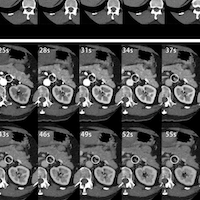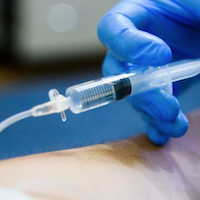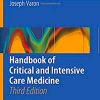The Hemodynamics of Adrenal Veins with Four-dimensional CT Using Quantitative Time-density Curve
nature.com
Present study quantitatively analyzed adrenal venous flow using four-dimensional computed tomography (4D CT). We reviewed 4D CT images of 55 patients [mean age, 52 years ± 11 (standard deviation); 23 females] who underwent adrenal venous sampling between August 2017 and February 2021. Time–density curves were referred for the adrenal venous enhancement.
The clinical factors affecting hemodynamics were assessed using uni- and multivariate linear regression analyses.
The right and left adrenal veins (RAV and LAV, respectively) were visualized in all cases. Mean peak enhancement values in RAV and LAV were 247 ± 67 and 292 ± 70 Hounsfield units (P < 0.01), and were reached at 44.43 ± 6.86 and 45.39 ± 7.53 s (P < 0.01), respectively. The body mass index (BMI), plasma renin activity and potassium were significant factors influencing the peak enhancement of RAV blood flow [standardized regression coefficients, − 0.327 (P = 0.017), − 0.346 (P = 0.013), 0.426 (P = 0.016), respectively]. A linear relationship between sex and the time-to-peak was observed for RAV [standardized regression coefficient, 0.348 (P = 0.046)]. RAV had a lower contrast effect than LAV and reached its peak faster. BMI, plasma renin activity, and potassium were associated with flow density in RAV. Sex independently influenced the time-to-peak.




















